A cold draft ran down Purvi Nandakumar’s spine as she stepped onto the stage, instantly blinded by the bright lights. She could barely see the audience members, but their loud cheers reminded her there were hundreds of people in the venue.
In the five seconds it took for the lights to dim and the music to start, Nandakumar felt all the energy pulse through her body. She’s performed at many events throughout her dance career, but the Desi Dance Network, or DDN, circuit is where she feels the most empowered.
Founded in 2014, DDN’s vision is to “combat cultural erasure and challenge the mainstream notions of identity.” Over 150 collegiate dance teams compete at 50 competitions nationwide, thus fostering community and promoting South Asian culture for collegiate dancers.
Why It’s Newsworthy: Thousands of collegiate dancers across the country are involved in the Desi Dance Network circuit, which continues to expand in size and reach yearly.Although centered around South Asian culture, the circuit is open for anyone to participate. The University of Georgia has two DDN teams: UGA Asura and Georgia Saazish.
“It [DDN] brings people of different backgrounds, interests and personalities, and brings us together with a common goal,” said Nandakumar, a member of Georgia Saazish.
Teams choose a storyline, oftentimes movies or TV shows, and create 10-minute dance segments showcasing dance styles such as Bollywood, bhangra, Indian classical and hip hop. Elaborate props, costumes and mixtapes elevate their choreography.
At the end of the season, the top ten teams attend the Legends Dance Championship and compete for the pride of a top three placing and prize money.
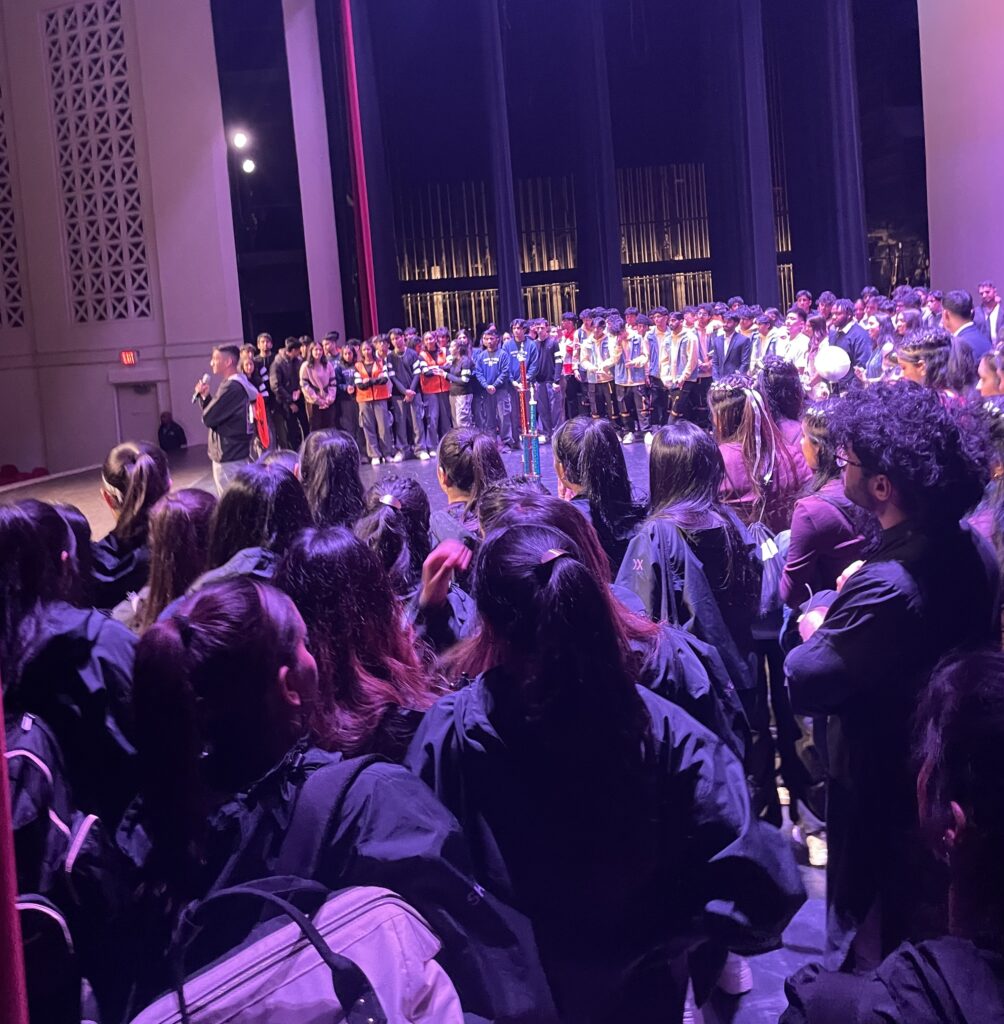
The Road to Legends
In the days leading up to a competition, teams meet after class to practice. The nights are long, but they always build each other up, Nandakumar said. They rehearse their choreography, clean their movements and build prop sets throughout the school year.
Sometimes, it’s 4 a.m. by the time practice is over.
“I know our team specifically is meant to make nondancers, dance and train them up,” she said. “So it really helps them push them out of the comfort zone and also just helps build a community of people that are there to support each other.”
Her team placed third at Legends in 2023 with a theme based on The Magic School Bus.
At the University of Pennsylvania, Penn Masti, another DDN team, packs their props into suitcases after practicing in a parking garage. It’s the middle of January, and it’s raining outside, but this team does not have guaranteed access to practice spaces at their university.
Just like Georgia Saazish, they prepare for hours before flying across the country for a competition.
“It just creates a sense of normalcy; I’m not the only college student doing this,” said Athul Nair, a senior member of Penn Masti. “ I think knowing that all of us are in this together — this dilemma — really brings it together.”
Even though teams are states away from one another, he said there’s a community in DDN.
“Everybody’s dancing for fun, but I think having a purpose behind why you’re dancing is super important,” Nair said. “It’s a means of which we can preserve our culture while telling a unique story through different dance styles, segments and set designs.”
After each competition, the teams regroup to make changes based on feedback from DDN judges, all of whom are former DDN dancers.
“It definitely opened up a huge pool of culture and self-identity,” said Nikita Kakkad, who was on UGA Asura from 2018 to 2021 and is now judging in the circuit she once competed in. “While I’m judging, I’m more self-aware of the [Indian] cultures that are out there, which I don’t think I would have known before.”
The goal, according to Kakkad, is to make their performances more powerful, clean and creative while “keeping true to the [South Asian] traditions and cultures” that have been around for centuries.
Their creativity comes with limits, though.
Many teams receive little to no money or support from their universities. Instead, they use GoFundMe, sponsors and their own money to fund their season. Cost breakdowns can include flights, hotels, costumes and competition fees that total to $10,000 to $13,000. They get resourceful, reusing cardboard from groceries to make props. They also host bake sales.
“And the reality of it [DDN] would be great for other people to see because it shows we don’t get paid for this; we do this sheerly out of passion,” Nandakumar said
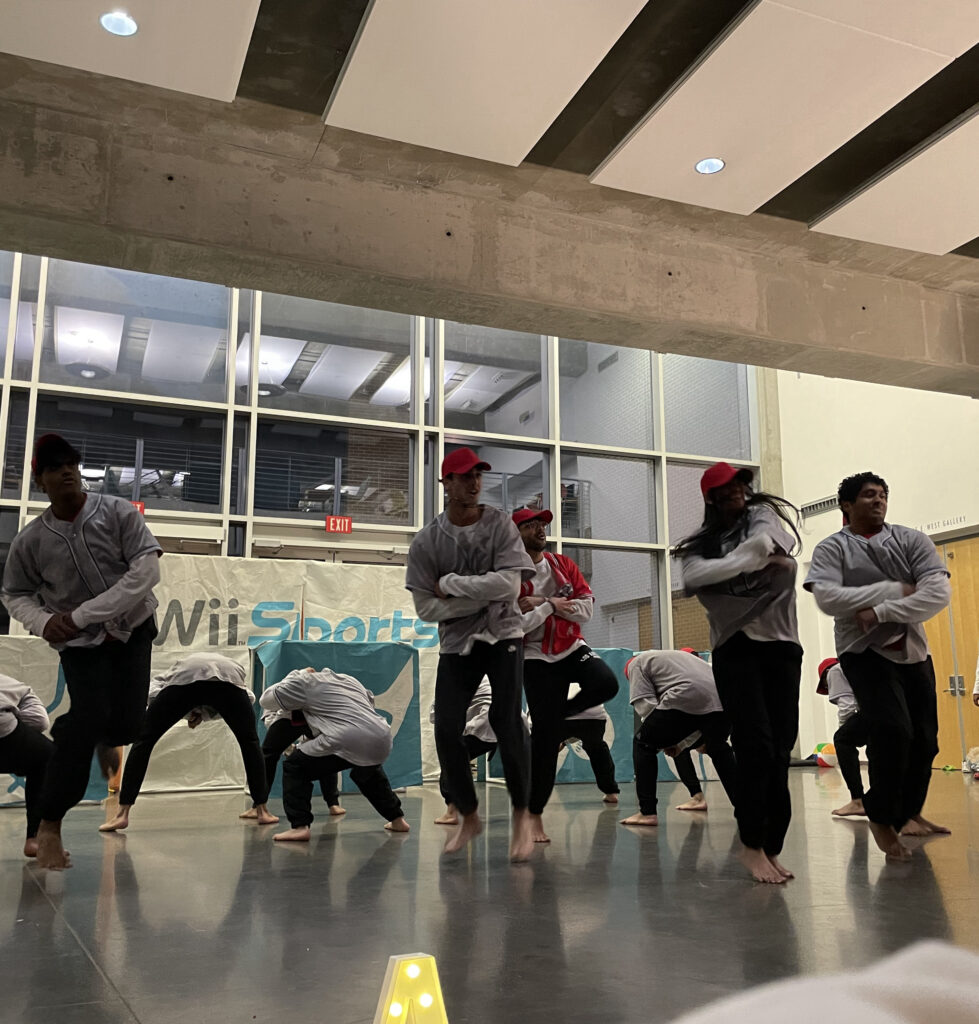
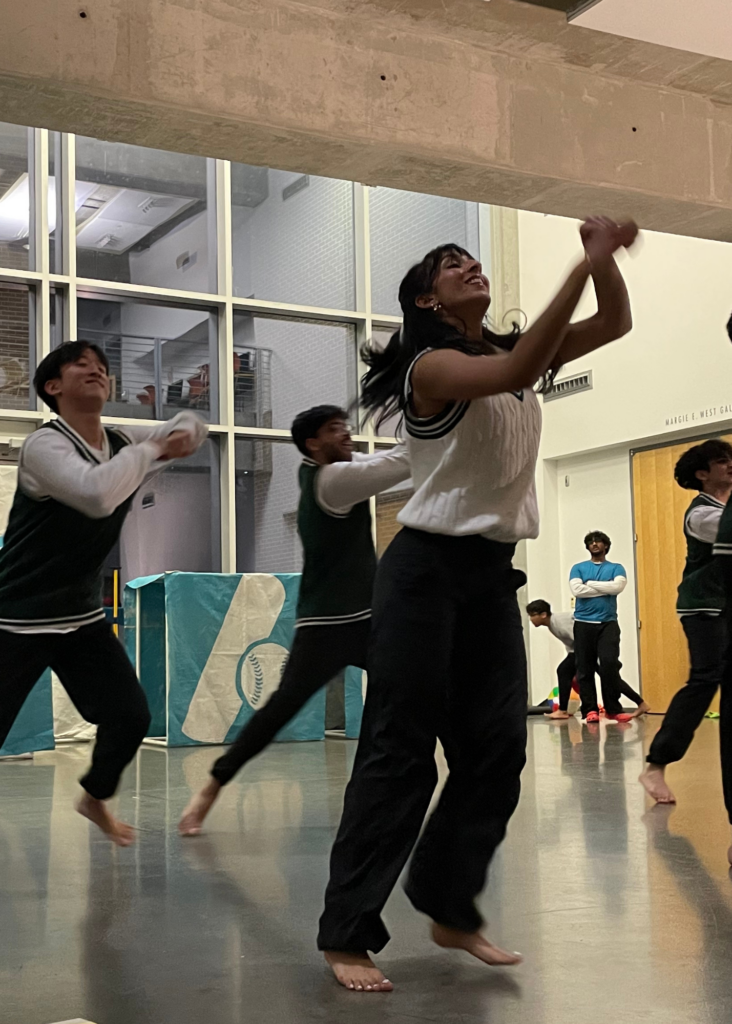
The Future of DDN
The circuit has dramatically expanded since Kakkad last performed as a collegiate dancer in 2021. As more teams and competitions join the circuit, current dancers feel the pressure to create top-placing sets. They fly all over the country, meeting thousands of dancers who all hope to make it to the top 10.
It’s not just to perform, it’s to obviously entertain, but it’s also to teach and to bring cultures together,” Kakkad said. “It’s so much more than just dancing on stage.”
Videographers, photographers and DJs broaden the creative vision for teams. Most creators are former DDN dancers who understand what teams are looking for, allowing for more complexity.
“There’s the competition side of things, but the community in this is like, you guys are all part of the same kind of system or like organization,” Nair said. “The doors never close, I think, for anybody who is actually involved in DDN.”
Dancers often watch their long-distance DDN friends compete from hundreds of miles away. Technology keeps them connected and brings more awareness to their cause, from social media to live streams of each show.
In 2024, the organization released a Legends app where users can keep track of team ranks and bios, access livestreams and even simulate their rank system. National Geographic is also set to release a docuseries titled “Legends” about the circuit.
Nandakumar and Nair both said they hope media brings more awareness to the circuit, potentially bolstering financial and logistical support from their respective schools.
“DDN and Legends has given so many of us a voice and is only continuing to, really highlighting our passion for dance, for meeting people and for building a platform for us,” Nandakumar said.
As the performance ends, the lights dim once again. Nandakumar takes a deep breath before cheering with her team. Regardless of what the placings are, she said she’s fortunate to share her passion for dance on a DDN stage.
Niyati Patel is a third-year student majoring in journalism and political science.


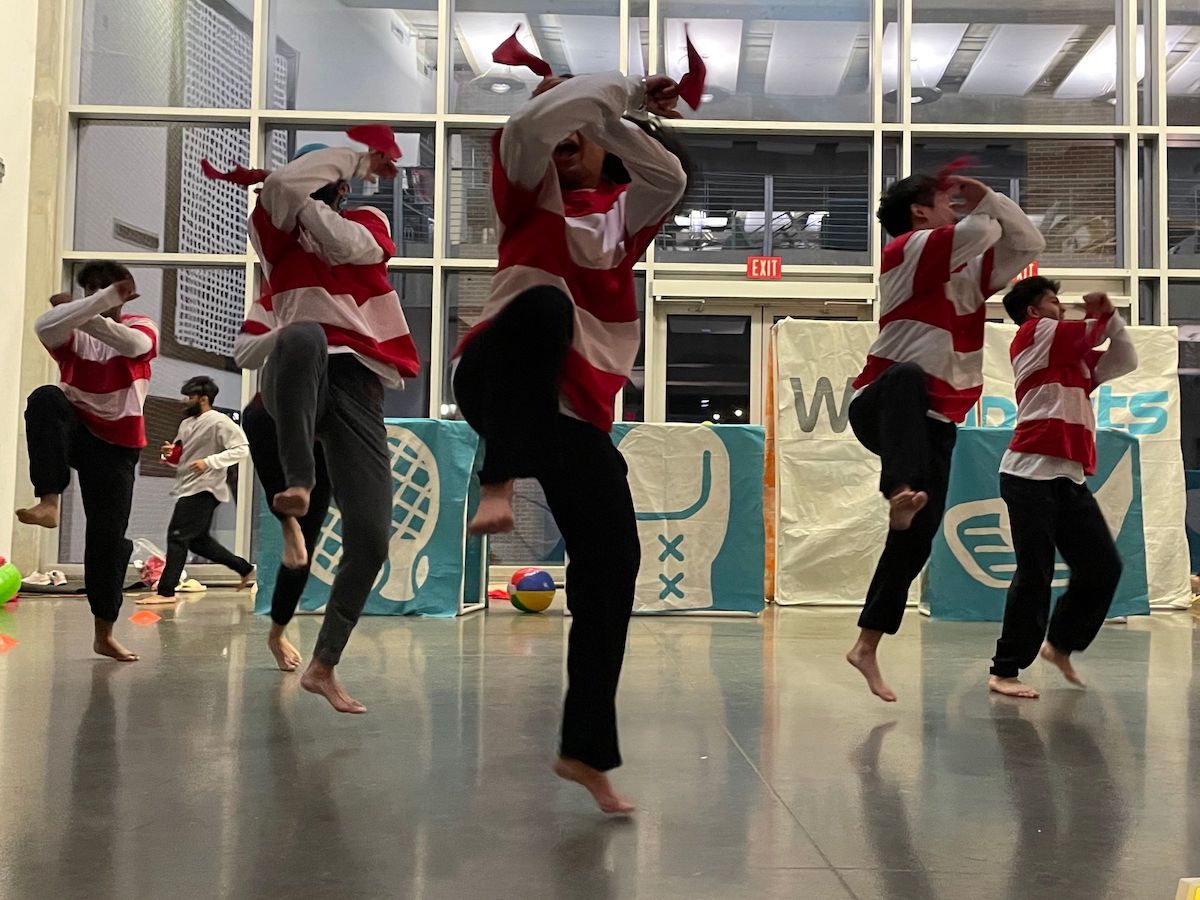




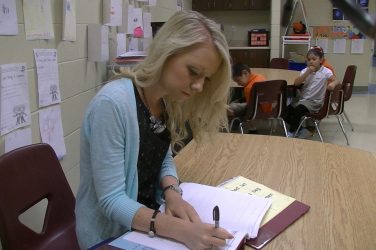
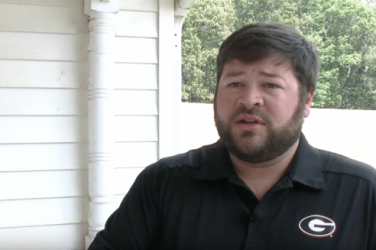

Show Comments (0)